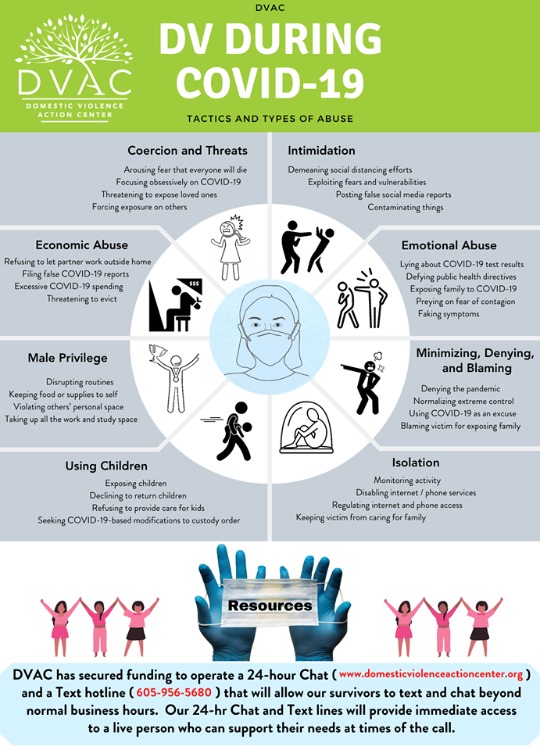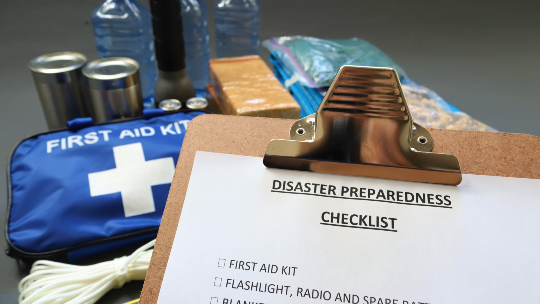For victims of domestic violence, Hawaii’s safer-at-home order hasn’t been all that safe. “The directive to stay at home didn't cause domestic violence. Economics or financial strain don't cause domestic violence either,” says Nanci Kreidman, CEO at the Domestic Violence Action Center (DVAC). “But they’ll reduce the options for victims to get free and safe.“
When an abuser feels powerless, like many do right now, Kreidman says the only person they can exert power over is their partner. Many victims are finding themselves hostage to their abusers in new ways, such as threats to infect the family or verbal abuse about their desire to practice social distancing. Since the end of February, DVAC has seen a 77% increase in website traffic and a 68% increase in calls to their helpline.
“If you live with an abusive partner, the likelihood that you’ll experience an escalation in abuse is pretty definitive,” says Kreidman. “At first, people tried to be cooperative and compliant and invisible as much as they could. But as time passes, that becomes more and more difficult.”

Text for Help
In response to victims’ changing needs, DVAC added a text feature to their helpline and a chat option on their website. Many staff members are working remotely and survivors’ group meetings have moved online, but support is still available.
In April alone, advocates contacted 3,038 clients, completed 1,066 safety plans, and responded to 230 calls, tripling their work compared with the same time last year. They also made 43 emergency allocations to victims for resources like rental and relocation assistance and food and diapers. They’ve even reached out to victims with keiki to see if they need electronic devices for distance learning during the pandemic.
See Something, Say Something
Leaving an abusive situation at home isn’t simple. “Try to understand why they stay,” says Kreidman. “There's a lot of really good reasons. There are so many barriers to leaving.” Those reasons are complex and interwoven, from parents’ and communities’ expectations to the security of the children to an inability to provide for themselves. And, of course, prior threats of abuse and violence.
The burden of finding support doesn’t rest with victims. “If you’ve ever had concerns about somebody, reach out to them,” she says. “Let them know that you’re there to be supportive and that you have some concerns about their safety and guide them to resources. It’s a conversation that most people try not to have, but we really want to encourage people to have it.”
Kreidman says there’s a role for everyone to play, from health care workers doing universal screenings to educators talking with parents to Human Resources staff getting domestic violence training. Even neighbors and passersby who witness abuse in public can help by calling 911.





